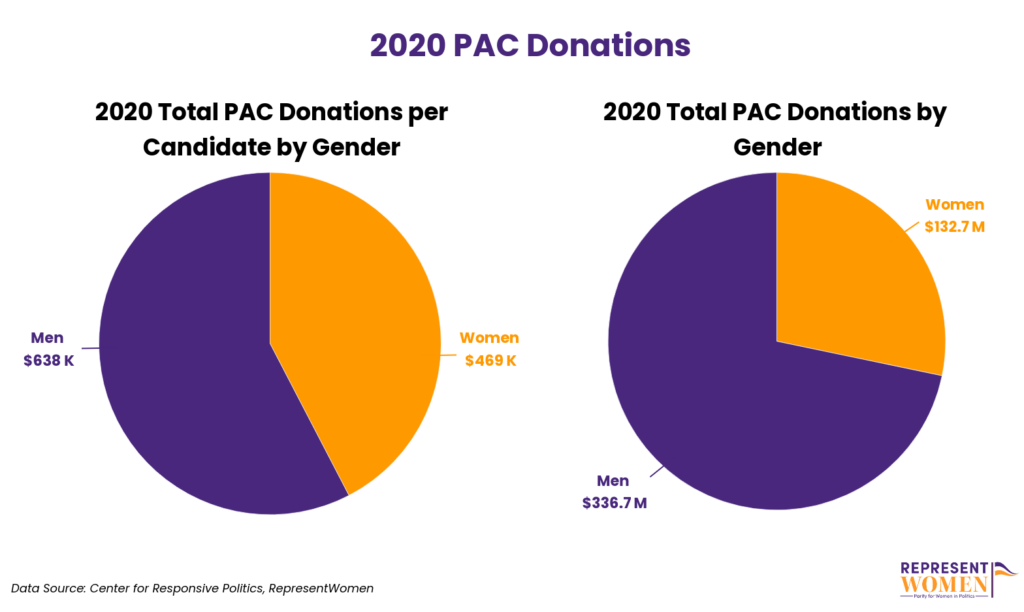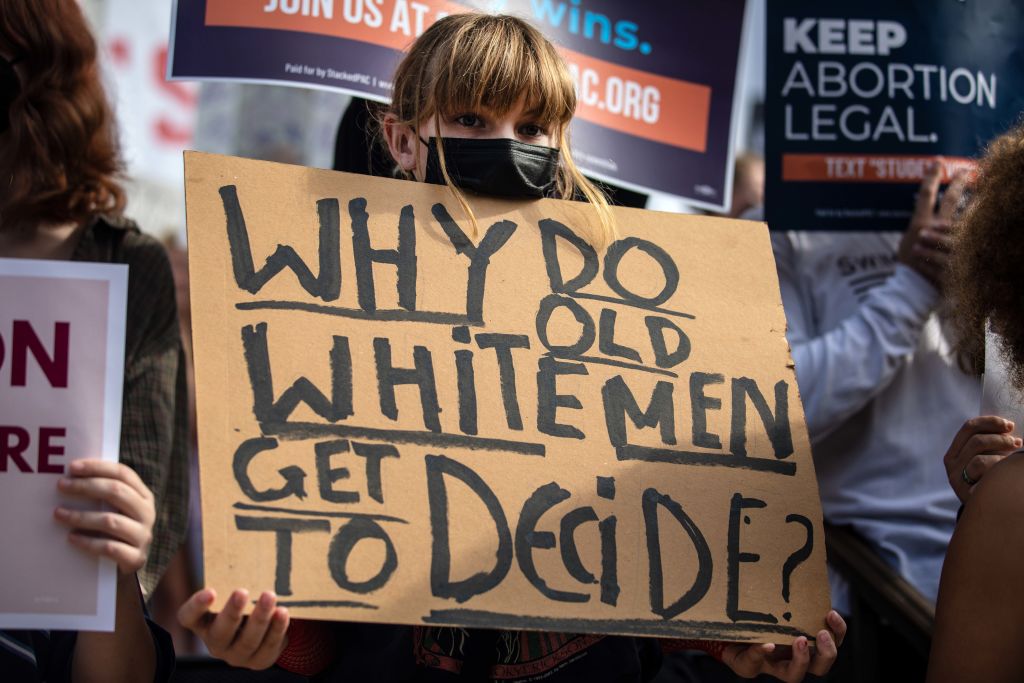Nine. Just nine women currently serve as governor in the United States—a “record” first set in 2004 and achieved two additional times, but yet to be broken. In over 200 years that this nation has existed, only 45 women total have been elected as governors—constituting less than 2 percent of all governors that have ever served.
Governors play a critical role in creating policies and implementing long-lasting changes at the state level. This year, there are 25 women running for governor in 20 races, including Stacey Abrams in Georgia and Sarah Huckabee Sanders in Arkansas.

Why don’t we have more women governors?
The lack of women’s representation in governors’ mansions is not because women are any less qualified. The way in which the U.S. political system is designed creates structural barriers that prevent women from running and winning.
One of the biggest obstacles is the incumbency advantage. The current system was designed to protect the power of those already in office. U.S. history and culture has dictated that those incumbents are vastly white and male. Research conducted by RepresentWomen shows that women have the most success at winning an open-seat election.

On top of the unyielding incumbency advantage, women face even more barriers to running and actually winning elections:
- Women are funded at lower rates by PACs and donors compared to men.
- Political parties do not recruit a diverse pool of candidates.
- Our winner-take-all system is riddled with issues that marginalize non-traditional candidates.
When male incumbents are not checked by term limits and utilize their networks, additional funding and other resources, it creates an uneven playing field and keeps women from being able to win.

Why do we need women governors?
Having more women in gubernatorial positions is a critical step in attaining equality. Increased representation allows for issues that are salient to women to be addressed, shifts the perception of women as incapable leaders and helps to end the cycle that perpetuates male incumbency.
Governors, male and female alike, play a crucial role in advancing women’s representation. Governors set the state’s policy agenda, appoint judges and have opportunities to uplift women through their cabinets.
The recent crisis of the COVID-19 pandemic is a great illustration of the necessity of women governors. A study conducted by the Wisconsin School of Business found states with women governors had fewer COVID-19 deaths than states with men governors, due to early stay-at-home orders coupled with women governors expressing greater empathy and confidence in the future.

Women’s ability to adapt and navigate through times of uncertainty makes women exceptionally qualified leaders, thus demonstrating the need for more women governors.
How can we achieve gender balance in gubernatorial representation?
There is hope for gender balance in state leadership. Twenty-five women are running in this year’s gubernatorial elections and, fortunately, there are a number of structural solutions we can encourage them to implement to make gender balance a reality in our lifetimes.
1. Fund women candidates equally.
First, PACs need to fund women equally to men in open-seat races and create funding targets for women candidates, as described in RepresentWomen’s PACs and Donors report. Reforms such as these make it easier for women to run in elections where the playing field is far from level.
2. Implement ranked-choice voting.
Secondly, to help women win their elections, altering our voting systems by introducing ranked-choice voting can help reduce the incumbency advantage that makes it so challenging for women to get elected.
3. Prioritize gender balance in cabinets.
Lastly, we must hold governors accountable to appoint or continue to appoint gender-balanced cabinets and to implement initiatives to create gender-balanced cabinets at all levels throughout their state.

Take Action
To learn more, check out RepresentWomen’s latest research release, “Building Women’s Political Power: Appointments Bundle” which includes our Best Practices for Promoting Gender Balanced Appointments guide and our Gender Balanced Cabinet Report!
Now more than ever we must recognize the importance of state level representation. Read more from founder of RepresentWomen Cynthia Richie Terrell’s article in Ms.
Visit our Take Action page to find out how you can help create a democracy that is more fair and representative for all.
U.S. democracy is at a dangerous inflection point—from the demise of abortion rights, to a lack of pay equity and parental leave, to skyrocketing maternal mortality, and attacks on trans health. Left unchecked, these crises will lead to wider gaps in political participation and representation. For 50 years, Ms. has been forging feminist journalism—reporting, rebelling and truth-telling from the front-lines, championing the Equal Rights Amendment, and centering the stories of those most impacted. With all that’s at stake for equality, we are redoubling our commitment for the next 50 years. In turn, we need your help, Support Ms. today with a donation—any amount that is meaningful to you. For as little as $5 each month, you’ll receive the print magazine along with our e-newsletters, action alerts, and invitations to Ms. Studios events and podcasts. We are grateful for your loyalty and ferocity.
Up next:





